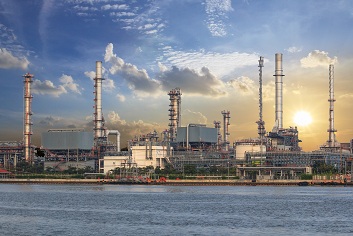Innovative research on CO2 capture for a sustainable energy future

Related topics
Energy Innovation Secure, clean and efficient energy Germany Spain United Kingdom Canadadate: 24/11/2014
Project: Development of postcombustion CO2 captur...
acronym: CAOLING
See also: CORDIS
Contact: Contact
This process, which involves collecting greenhouse gas emissions from a large stationary source, such as a power plant, followed by transport via pipelines for injection into a deep underground geological formation, is considered fundamental to a sustainable energy future, as it permanently removes CO2 emissions from the atmosphere.
The European Union (EU)-funded project CaOling has developed a new process that helps reduce CO2 emissions and consequently supports efforts in tackling climate change. The process uses a new sorbent, natural limestone, which minimises capital and operating costs as well as the energy load on a power plant.
The project has yielded significant results. While CCS is recognised as one of the most effective ways to reduce greenhouse gas emissions, first generation technologies currently under development have proven to be very expensive. On the contrary, the new process developed by the CaOling team is promising and could significantly reduce the costs associated with the CO2 capture.
By speeding up the development of new generation technologies that capture CO2, the CaOling project is expected to play a vital part in the global effort to reduce greenhouse gas emissions. Moreover, this new generation of technologies will not only improve the European energy supply, but it can also increase the use of local biomass resources.
Another advantage of this new low-cost CO2 capture technology is its synergy with the production of cement. Most of the purge material could be re-used as raw material in the cement industry, reducing the environmental impact and decreasing the energy and raw material consumption.
“One of the main objectives of the EU environmental policy is to reduce the greenhouse gas emissions in the next years, and CCS has been identified as a key technology to reach the CO2 reduction targets. The new low-cost CO2 capture processes such as the one developed by the CaOling team is expected to position the EU as a technological leader in this field”, according to project coordinator Mr. Andrés Sanchez-Biezma Sacristan of Endesa Generación SA in Spain.
